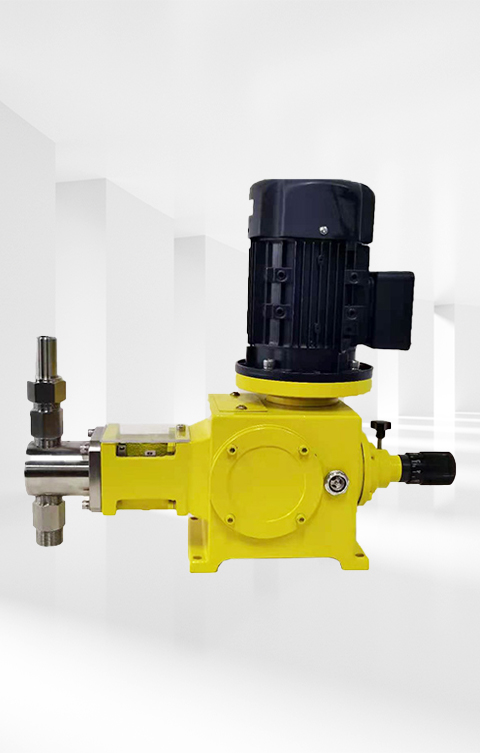Metering pump stroke adjustment mode is widely used
With the continuous and steady development of intelligent industrial production towards the actual operation of electrical automation and long-distance automatic control system, the applicability of metering pumps is strong and the advantages of integrating substances (liquid) are extremely special. It is a special positive displacement pump that can meet the needs of a wide variety of tightly managed production processes and is used to transport liquid. There are many more commonly used materials, plastic PVC and metal materials, metal materials, according to the hydraulic transmission end structure, often divided into plunger type, hydraulic diaphragm type, mechanical equipment diaphragm type and inductance type metering pump.
The total flow of the pump is adjusted by rotating the spindle, pushing to adjust the rotation of the extruder screw, so as to change the spacing between the bow crankshaft, and change the piston (piston rod) in the pump chamber to move the stroke to determine the size of the total flow. Generally, the ball screw travel is adjusted with the spindle to determine the total flow rate emitted by the pump per unit time. In most cases in the past, its total flow adjustment is carried out by manpower, that way is more laborious, and the office environment is dangerous.
The common total flow adjustment methods of the metering pump are adjusting the plunger (or piston rod) stroke, adjusting the plunger reciprocating frequency or both of the above three ways, in which the adjustment of the stroke is more common. This method is simple, reliable, and can maintain high measurement precision at small total flow rate. There are three ways to adjust the trip.
1, parking manual adjustment. Manually adjust the stroke of the metering pump during shutdown.
2, manual adjustment at work. In the pump operation, the radial deviation is affected to indirectly change the gear half warp, so as to adjust the length of the stroke. Common methods include N-shaped engine crankshaft adjustment, L-shaped engine crankshaft adjustment and axial force camshaft adjustment.
3. Automatic adjustment during operation. Pneumatic control and electric control are more commonly used. Pneumatic control is the purpose of automatically adjusting the stroke by changing the gas supply working pressure data signal. Electrodynamic control is the goal of automatically adjusting the stroke by changing the data signal.




